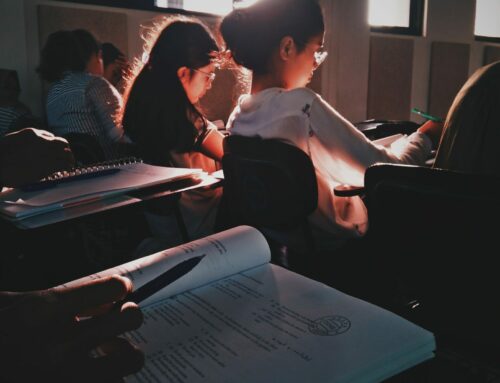Why do you need to learn about heating and cooling curves? Chemistry and Physics classes often require students to understand the step-by-step processes that occur when a substance is heated or cooled.
Use this summary on heating and cooling curves to learn when:
- melting, boiling/evaporation, sublimation, condensation, freezing/solidification, and deposition take place
- heat (Joules/Celsius) is absorbed (endothermic) or released (exothermic)
- temperature (Celsius) is constant or increasing/decreasing
- Kinetic Energy (KE) and Potential Energy (PE) are constant or increasing/decreasing
When referring to water, specific amounts of calories absorbed/released can be calculate at each stage.
NOTE: 1 calorie = 4.184 J
Need Help?
Get your personalized success plan today.
Contact us to hire a tutor to help you choose and prep for these exams.
Heating curve (ENDOthermic physical change):
- Temperature increase: solid (ice) heating up requires 0.5 calories for each increase of 1 degree Celsius for each 1 gram of water
- Phase change: solid at 0 degrees Celsius melting to form liquid (water) at 0 degrees Celsius requires 80 calories for each 1 gram of water *NOTE: the temperature does not increase during phase changes
- Temperature increase: liquid heating up requires 1 calorie for each increase of 1 degree Celsius for each 1 gram of water [so 1 g of liquid water increasing from the melting point (0 degrees Celsius) to the boiling point (100 degrees Celsius) requires 100 calories]
- Phase change: liquid at 100 degrees Celsius boiling to form gas (steam) at 100 degrees Celsius requires 540 calories for each 1 gram of water *NOTE: the temperature does not increase during phase changes
- Temperature increase: gas heating up requires 0.48 calories for each increase of 1 degrees Celsius for each 1 gram of water
Therefore, the energy REQUIRED to undergo the physical change from solid water to gaseous water is 80 + 100 + 540 = 720 calories for each 1 gram of water.
Cooling curve (EXOthermic physical change):
- Temperature decrease: gas (steam) cooling down releases 0.48 calories for each decrease of 1 degrees Celsius for each 1 gram of water
- Phase change: gas at 100 degrees Celsius condensing to form liquid (water) at 100 degrees Celsius releases 540 calories for each 1 gram of water *NOTE: the temperature does not decrease during phase changes
- Temperature decrease: liquid cooling down releases 1 calorie for each decrease of 1 degree Celsius for each 1 gram of water [so 1 g of liquid water decreasing from the boiling point (100 degrees Celsius) to the freezing point (0 degrees Celsius) releases 100 calories]
- Phase change: liquid at 0 degrees Celsius solidifying to form solid (ice) at 0 degrees Celsius releases 80 calories for each 1 gram of water *NOTE: the does not decrease during phase changes
- Temperature decrease: solid (ice) cooling down releases 0.5 calories for each decrease of 1 degree Celsius for each 1 gram of water
Therefore, the energy RELEASED to undergo the physical change from gaseous water to solid water is 540 + 100 + 80 = 720 calories for each 1 gram of water
WorldWise Tutoring provides services to students of all ages and all abilities in all subjects. Our mission is to provide quality instruction that is deliberately intertwined with learning and life skills so that our students grow into confident and independent lifelong learners who become competent and conscious leaders. Our highly educated and experienced tutors provide effective lessons that can be in-person or online, individual or small group, and cover a multitude of subjects in one session.




